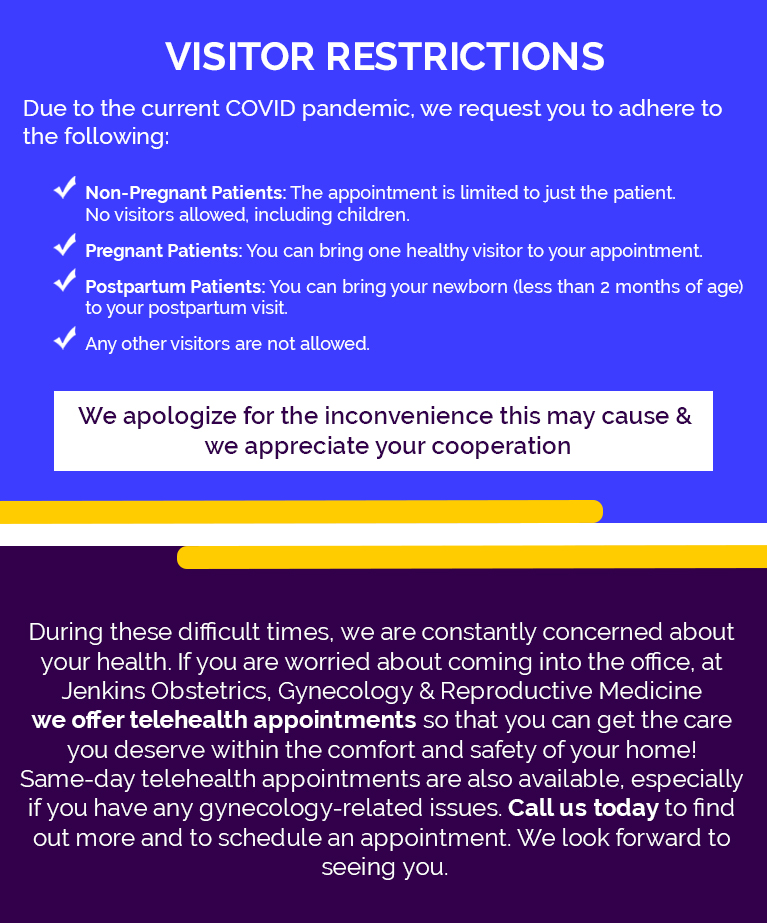Get to know Sonata® treatment: A guide to the minimally invasive removal of fibroids
The doctors at Jenkins Obstetrics, Gynecology & Reproductive Medicine commonly detect fibroids during regular “well” visits. In fact, these benign tumors that grow in the wall of the uterus reportedly affect 70% to 80% of all women by the age of 50. Not all of these leiomyomas present problems; however, large uterine fibroids can be painful, distressing, and negatively affect a woman’s day-to-day life.
Fortunately, our teams in Katy and West Houston, Texas, can detect fibroids early and treat them minimally invasively, as needed, with Sonata® ablation treatment.
Sonata® treatment
“Ablation” refers to the removal of tissue. With this procedure, we can use the Sonata® system to remove fibroids without cutting or incisions. In addition to effectively and gently treating large fibroids, such intervention may be necessary for patients with numerous fibroids or if fibroids are in significant areas, such as within the muscle or outside of the uterus. These and other problematic fibroids may be associated with many disruptive symptoms, including heavy periods, pain and pressure, GI distress, and an enlarged abdominal area.
Our specialists can determine if Sonata® is right for you.

The process
Sonata® is an energy-based treatment. It uses energy in the form of ultrasound and radiofrequency (sound and radio waves) to treat each fibroid. Ultrasound is delivered precisely to the treatment site(s) via a special handpiece. The handpiece is gently guided through the vaginal area and into the uterus. Additionally, this advanced technology allows our doctors to visualize each fibroid from inside of the uterus. The waves from the tip of the ultrasound locate the fibroids. Then, the RF energy is used to treat the fibroid.
A process is triggered whereby the fibroids shrink over time. As the fibroids shrink, patients notice an improvement in the frequency and severity of their symptoms.
Total treatment time varies and is dependent on factors such as the number of fibroids that require removal; however, generally, the Sonata® procedure can be completed in around one hour.
Post-treatment considerations
There are many benefits associated with minimally invasive procedures. Notably, patients can return to their “normal” activities in a few days. There is limited downtime. Additionally, risks are minimized due to the less invasive nature of treatment. Commonly, side effects are limited to spotting, cramps, and discharge.
Often, women will experience symptom improvement in around three months.
Schedule a consultation today!
If you are due for a wellness visit or are concerned about symptoms such as heavy bleeding, contact Jenkins Obstetrics, Gynecology & Reproductive Medicine.
Call 855-346-8610 to reach our offices in Katy and West Houston, TX, and to find out if you are a candidate for treatment with the Sonata® system.








































